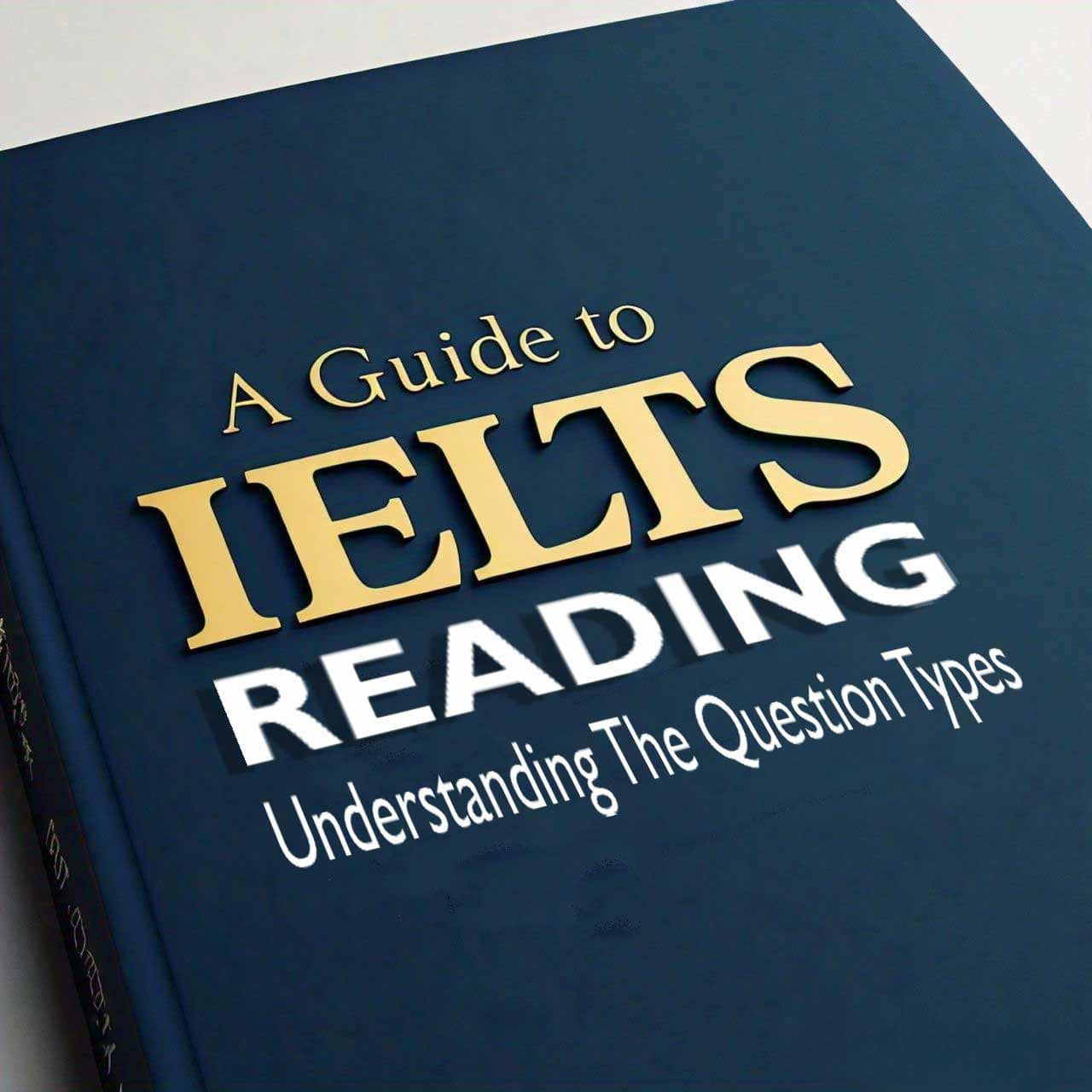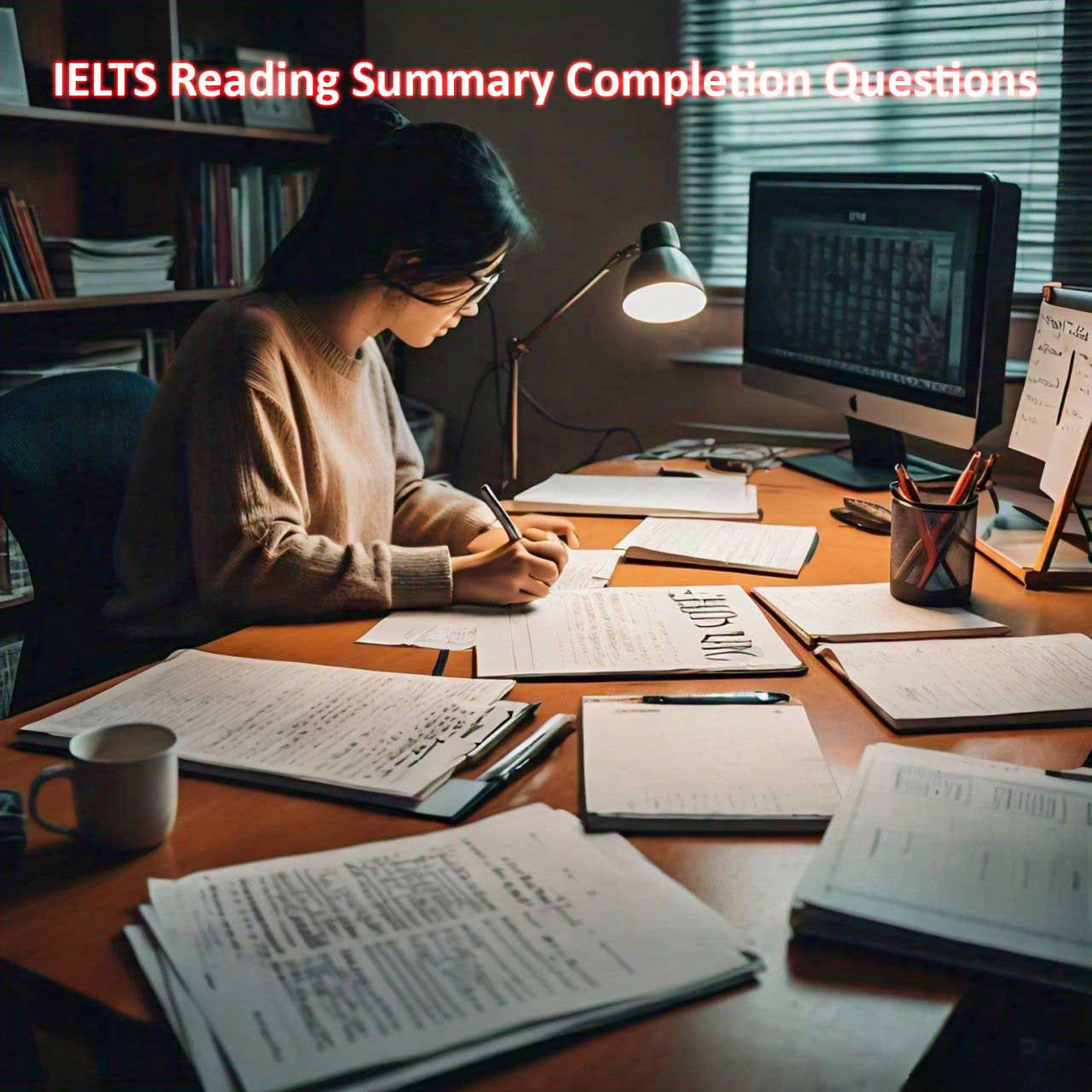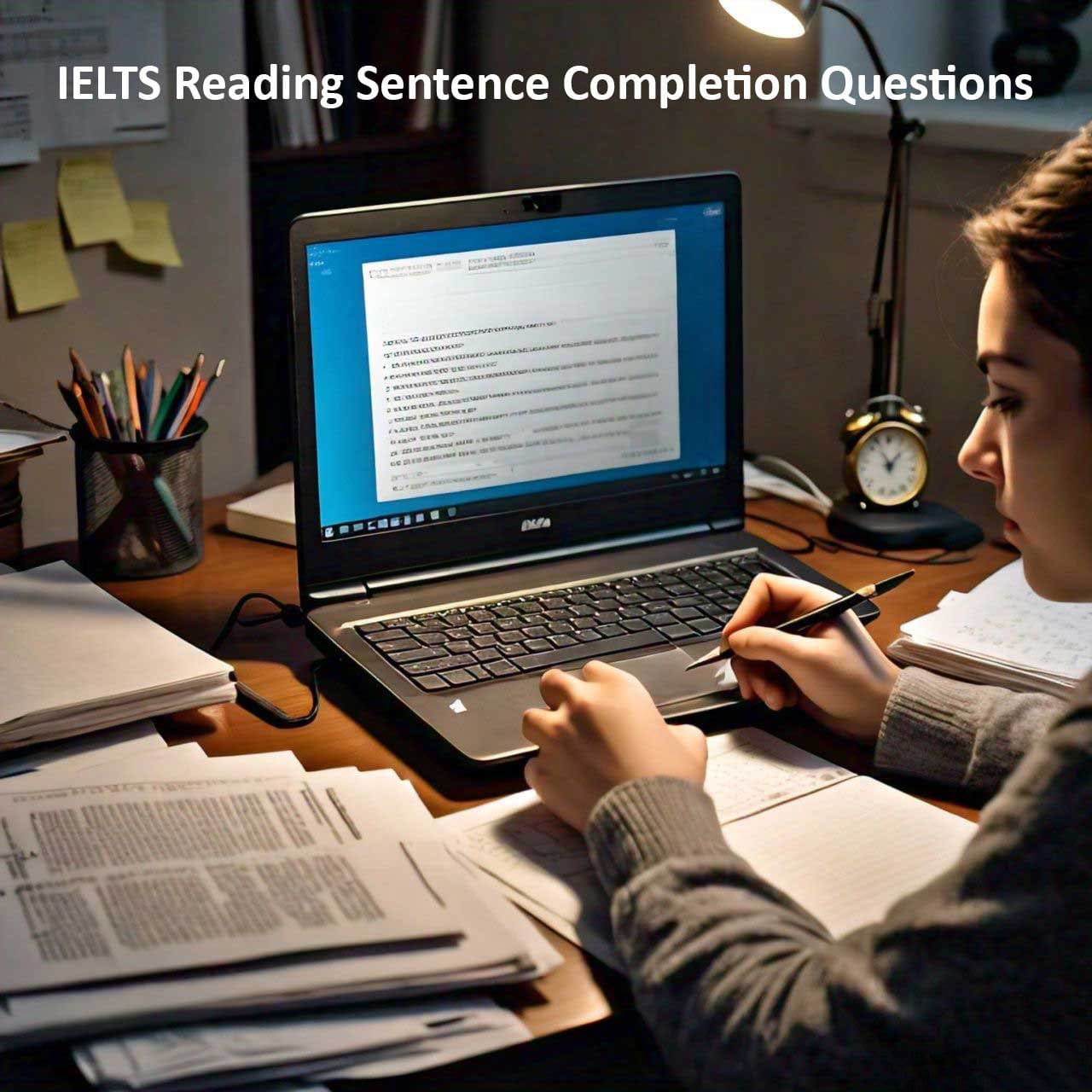Preparing for the IELTS Reading section can seem overwhelming due to the variety of question types it encompasses. However, understanding each question type and mastering strategies for tackling them can significantly boost your confidence and performance. This guide aims to demystify the different question types in the IELTS Reading section and provide practical tips for answering them effectively.
Overview of the IELTS Reading Section
The IELTS Reading section comprises 40 questions based on three reading passages. These passages are sourced from books, journals, magazines, and newspapers, covering various topics of general interest. The section is designed to test a range of reading skills, including skimming, scanning, detailed reading, and understanding logical arguments.
Common Question Types in IELTS Reading
1. Multiple Choice Questions
– Description: You are given a question or incomplete sentence followed by several options (usually four) to choose from.
– Strategy: Skim the passage to get the gist, then scan for keywords from the question to locate the relevant part of the text. Read that section carefully to select the best answer.
2. True/False/Not Given Questions
– Description: You need to determine whether the statements provided are true, false, or not given based on the information in the passage.
– Strategy: Identify keywords in the statement and find the corresponding section in the text. Determine if the information directly supports (True), contradicts (False), or is not mentioned (Not Given) in the passage.
3. Yes/No/Not Given Questions
– Description: Similar to True/False/Not Given, but these questions focus on the writer’s opinions or claims rather than factual information.
– Strategy: Follow the same approach as for True/False/Not Given but pay close attention to the author’s tone and implied meanings.
4. Matching Headings
– Description: You must match headings to the correct paragraphs or sections of the passage.
– Strategy: Skim each paragraph to understand its main idea or topic sentence. Then, match it with the most appropriate heading. Be cautious of similar or misleading headings.
5. Matching Information
– Description: You need to match statements or pieces of information to the corresponding paragraphs in the passage.
– Strategy: Skim the passage to get an overall sense of where different types of information are located. Scan specific paragraphs to match the details accurately.
6. Matching Features
– Description: You match features (such as names, dates, or events) to options provided (such as people, periods, or places).
– Strategy: Skim for names or keywords related to the features, then scan the relevant parts of the text to find the details.
7. Matching Sentence Endings
– Description: You are given the first half of a sentence and must match it with the correct ending from a list.
– Strategy: Skim the passage for the context of the sentence beginnings, then find and read the relevant sections carefully to choose the correct endings.
8. Sentence Completion
– Description: You need to complete sentences with words from the passage.
– Strategy: Identify keywords in the incomplete sentence, locate the relevant part of the text, and find the exact words needed to complete the sentence meaningfully.
9. Summary, Note, Table, or Flow-Chart Completion
– Description: You fill in gaps in a summary, notes, table, or flow-chart with words from the passage or a list of words provided.
– Strategy: Understand the structure of the summary or chart and use skimming and scanning techniques to find the required information in the passage.
10. Diagram Label Completion
– Description: You label parts of a diagram based on information in the passage.
– Strategy: Carefully read the relevant section of the passage and match it with the parts of the diagram, ensuring accurate placement of labels.
11. Short-Answer Questions
– Description: You answer questions using words from the passage, usually within a word limit.
– Strategy: Identify the keywords in the question, locate the relevant part of the text, and extract the necessary information concisely.
Practical Tips for Tackling IELTS Reading Questions
1. Time Management: Allocate your time wisely. Spend roughly 20 minutes per passage and question set to ensure you have enough time for all sections.
2. Skimming and Scanning: Develop skimming skills to get the general idea of the passage and scanning skills to locate specific information quickly.
3. Practice Regularly: Familiarize yourself with all question types by practicing with IELTS reading materials and past papers.
4. Expand Your Vocabulary: A broader vocabulary will help you understand and paraphrase complex texts more easily.
5. Answer Strategically: Tackle easier questions first to secure quick points, then spend more time on challenging ones.
6. Review Your Answers: If time permits, review your answers to correct any mistakes or fill in missed details.
Conclusion
Understanding and mastering the different question types in the IELTS Reading section is crucial for achieving a high score. By familiarizing yourself with these question formats and practicing effective strategies, you can enhance your reading comprehension skills and improve your overall test performance. Remember, consistent practice and a strategic approach will pave the way to success in the IELTS Reading section. Good luck!



